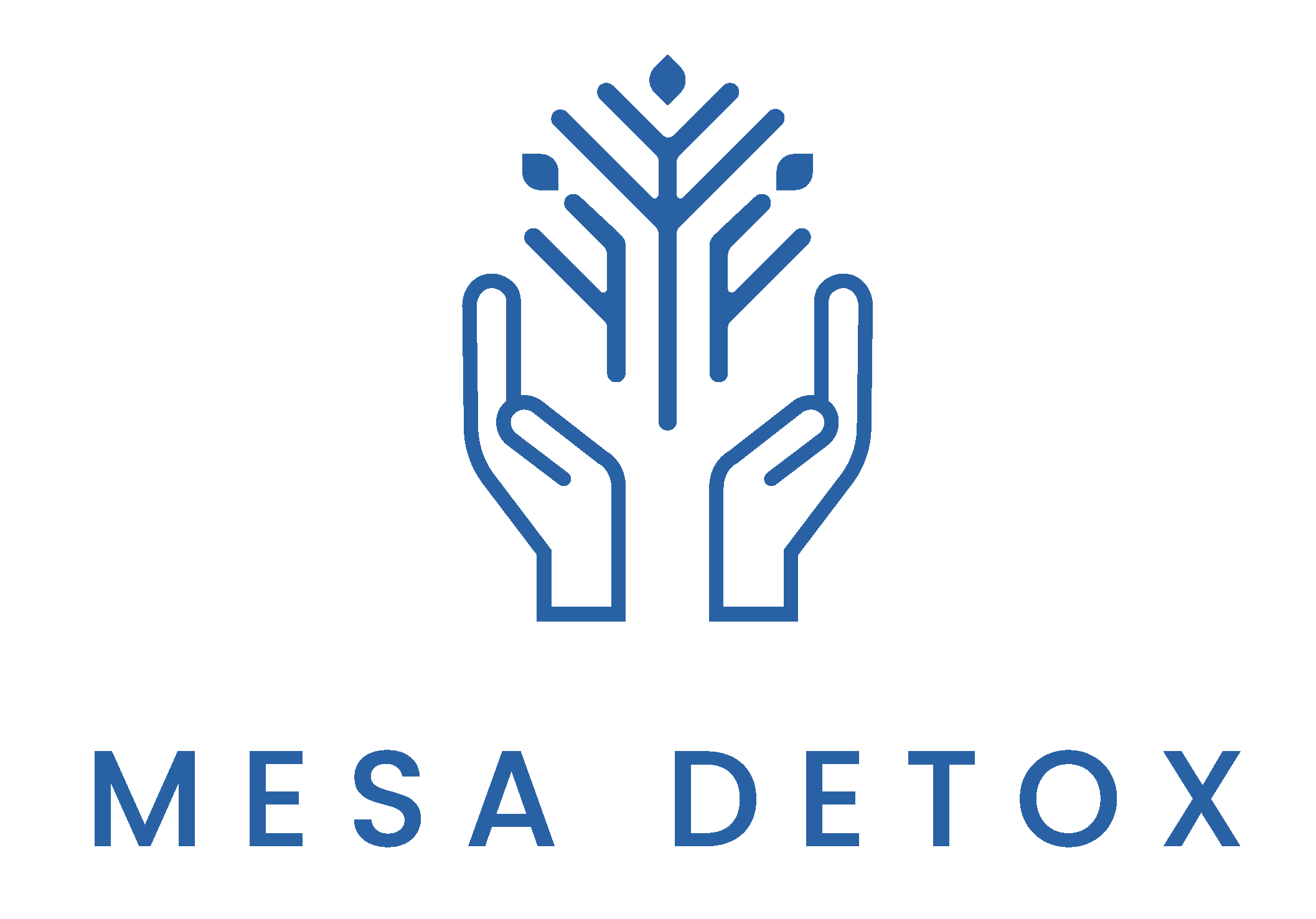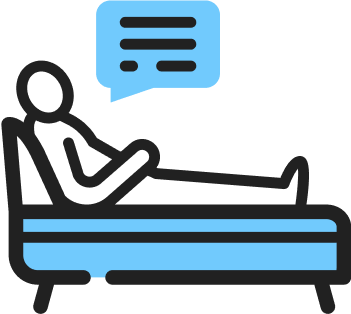Klonopin (clonazepam) is a benzodiazepine often prescribed for anxiety, panic disorders, seizures, and insomnia. While effective, it carries a high risk of addiction, making detox both difficult and potentially dangerous. Research from 14 studies found that 56% of individuals who used antidepressants, including Klonopin, experienced withdrawal symptoms after stopping.






